Early Season Setup
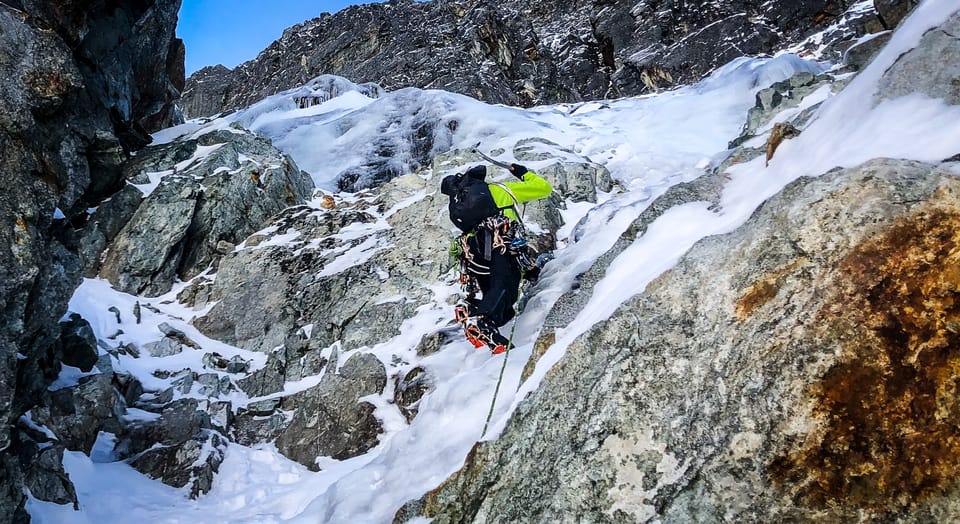
The start of our ski season may very well be on us any time now - in fact we’re getting walloped by our first pineapple express as I write this! As soon as we have the chance to slide planks on snow, we’ll be starting back up our regular conditions updates. In the meantime, we have a few articles to help you start thinking about the season.
We also need to make a plug for our clinics and guiding this winter. If you haven't signed up for an avalanche refresher, now is the time! Get the practice sessions in before the winter really gets going. There's also still spots left for our Ski Mountaineering and Pro Lines clinics so have a look at those. All the clinics are up on the page so give it a look through!
The first month or so of weather for the season often sets the tone for how the rest of the year will pan out. We often think about if/how we can find early season snow but we talk less about how it will impact the full season. We wanted to take the chance to discuss a few of the common set-ups and how that may affect our winter.
Scenario 1: Dry and Warm
2022 was an incredible example of a dry and warm start. While the mountain bikers loved this, it was definitely not optimal for skiing. A large, high-pressure system sat over North America preventing us from seeing our much needed Pacific storms.
- Essentially no snow fell, even on the high peaks during the “fall” weather period. At the end of October, we transitioned in just days, from warm summery conditions to very winter-like. While it was less noticeable in the valleys, temps in the high peaks went from unseasonably warm to extremely cold. When winter snow did finally fall, it didn’t fall on anything sticky, just onto bare rock or ice where it sluffed off. We would have deep pow days on the low angle glaciers while the couloirs were still nearly bare.
- These seasons are also particularly bad for firn snow and ice loss on glaciers. The longer the summer runs on, the more bare the glaciers become, requiring more snow and time to fill back in.
- PWLs can form when the snow trickles in sporadically. Less likely when it’s warm but still definitely possible as the season transitions to winter.
- These are also just the worst starts for skiing generally because there’s no snow!
Scenario 2: Dry and Cold
2018 was an interesting example of a dry(ish) and cold fall. We had periodic little bits of precipitation that dusted the peaks but not enough to ski.
- Small amounts of snow made for good alpine/ice climbing conditions in the mountains with the accompanying freeze/thaw but it’s not good for early season skiing.
- This setup (early season snow followed by long clear periods) creates PWLs up high as facets form. This takes time to get squished out by the winter snowpack and may cause problems throughout the season. The really important thing here is when the snow does turn back on, is it consistent, incremental loading or is it periodic, allowing weak layers to develop?
- While the snowpack might be thin, at least there is something for winter snow to stick to on high, steep faces and couloirs! All of this combines with diminishing permanent snow/glaciers on the high steeps - there’s more needed to fill lines in, and less permanent snow for things to stick too. As lines melt out they usually get steeper, or the transitions harsher, with bigger shrunds/moats making them harder to come into shape.
- These are really more representative of a “Rockies” season. Avalanche cycles are less predictable with climax style events occurring, sometimes unexpectedly, and unrelated to storm cycles.
Scenario 3: Wet and Warm
The Wet and Warm start is an interesting one and I don’t have any good examples in recent memory. WaThe upside here if it did happen is that at least precip saturates the high mountains. Precip really is the driver to laying a base, with temps being secondary. This setup might happen but it’s less common.
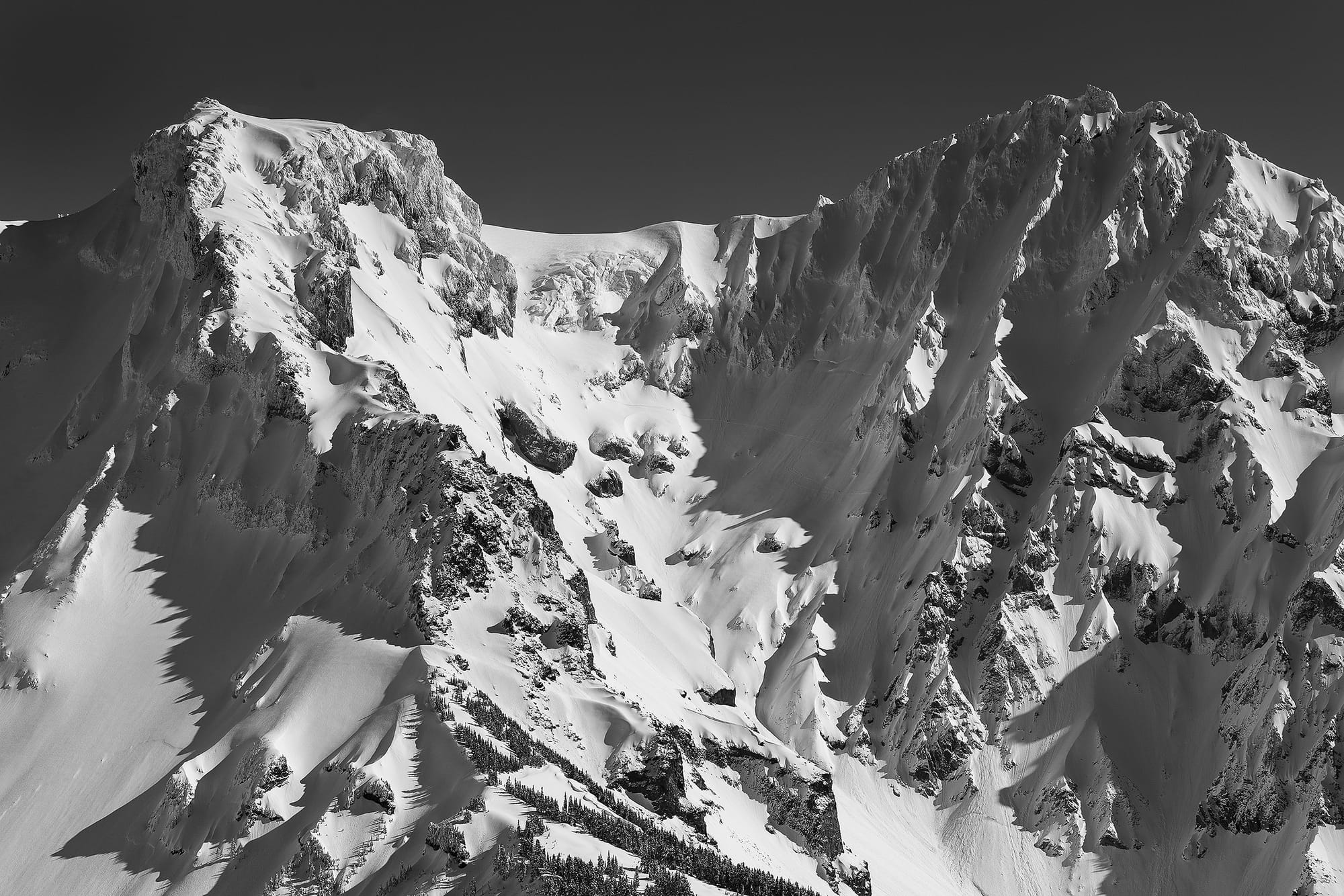
Scenario 4: Wet and Cold
So! What do we hope this season will be? Wet and cold! Non-stop precip would be great - ideally 10-15cm with no wind every night and nice clear days if I’m not asking for too much… :)
This type of season setup helps us in a few ways:
- The pure volume of snow helps to squash out any weak layers that can form with wind or cold temperatures.
- It provides a good, sticky, early-season base that the colder mid-winter snow can adhere to, especially on steeps.
- Avalanche cycles (generally) follow a more typical storm-based trend. These cycles are caused by rapid loading and are easier to predict (but not necessarily manage) and tend to heal faster.
- Obviously lots of snow is good for glaciers and, oh yeah, good for skiing too!
This is a good time to jump over to NOAA's Winter Outlook Forecast. This is a generalized forecast to give us a sense of how the winter will pan out. These two graphics seem quite promising for the Pacific Northwest and by extension, BC!
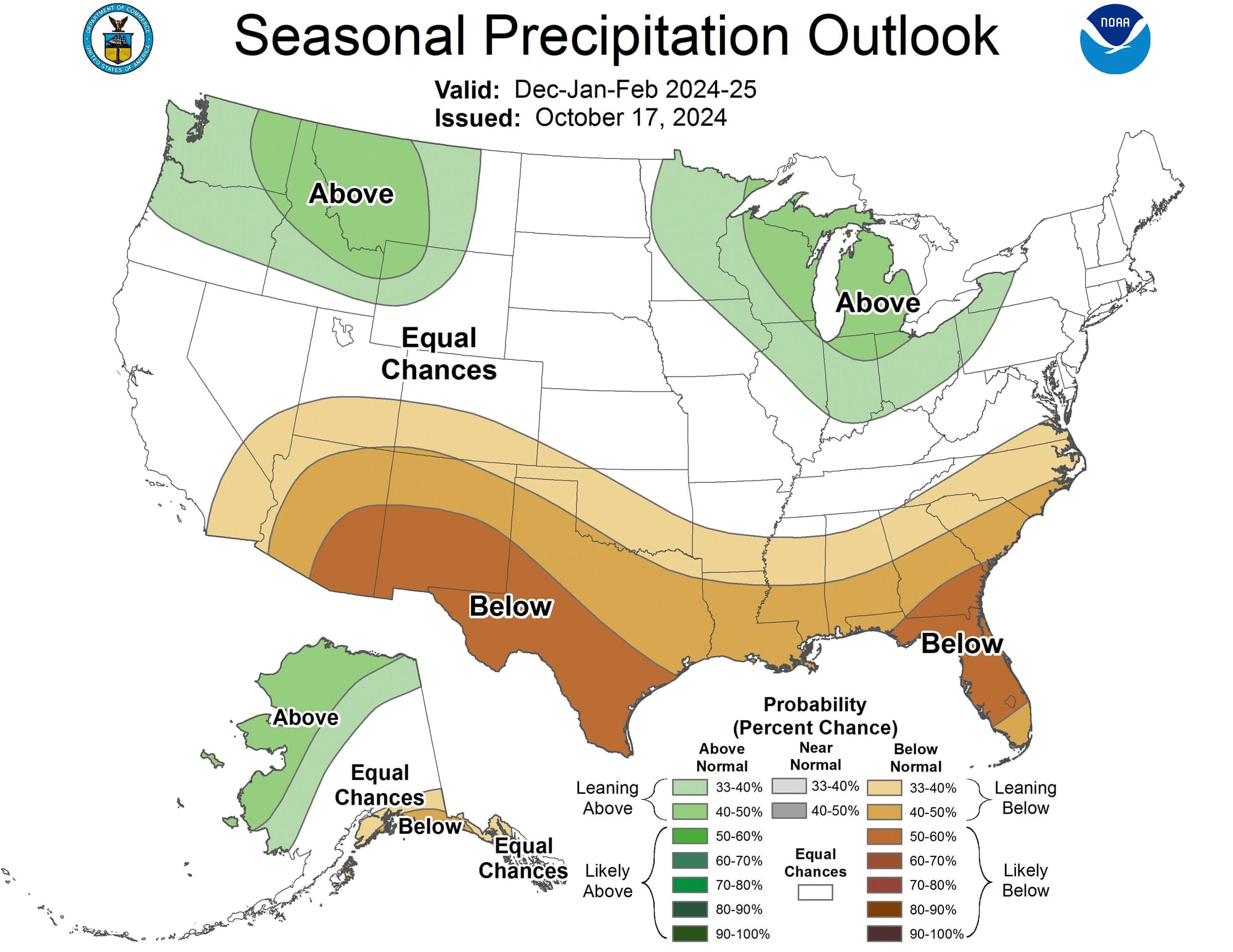
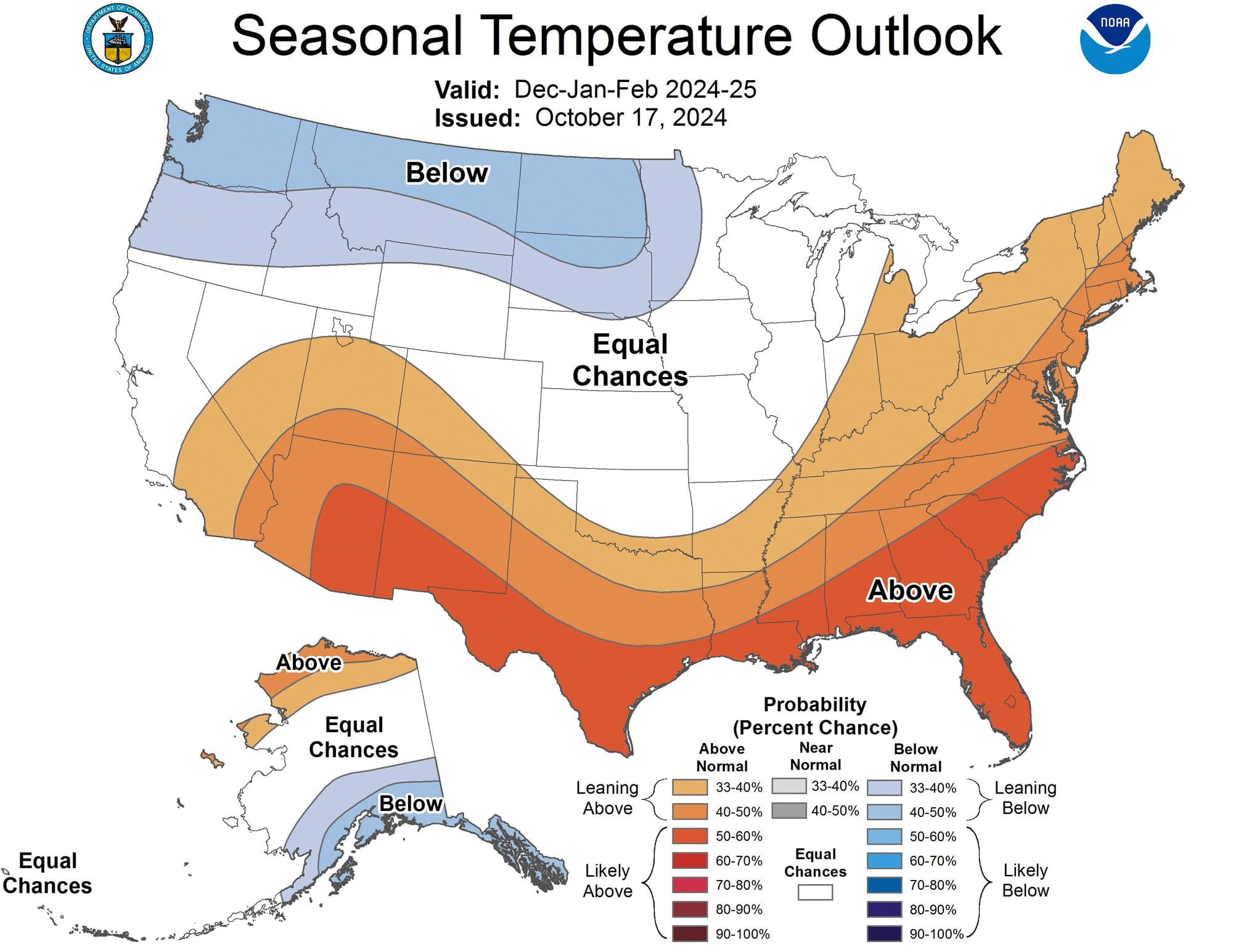
We are looking at a >30% chance of a wetter than normal and colder than normal season! Source: NOAA
While it’s still all speculation, the fall weather can have a big impact on our entire season! Let’s watch the next few weeks and see how it sets up. Keep an eye on the freezing levels and high faces whenever it clears out, take a drive by, take a peek!
Key Points:
- Fall storms coating the steeps with wet snow is critical to hold snow throughout the season.
- Thicker early season snowpack means better glacial coverage, especially when this falls as wet sticky snow with strong, variable winds!
- A thicker snowpack early in the season can be a stronger, more stable snowpack. Be curious and informed about how the winter snowpack is setting up and get into the habit of checking the weather, wind direction, precip totals, and freezing levels!
- The difference between a “warm” and “cold” season start can just be a few degrees. Using radar is a good way to watch and see where low pressure systems will hit along with precip totals and cloud cover!
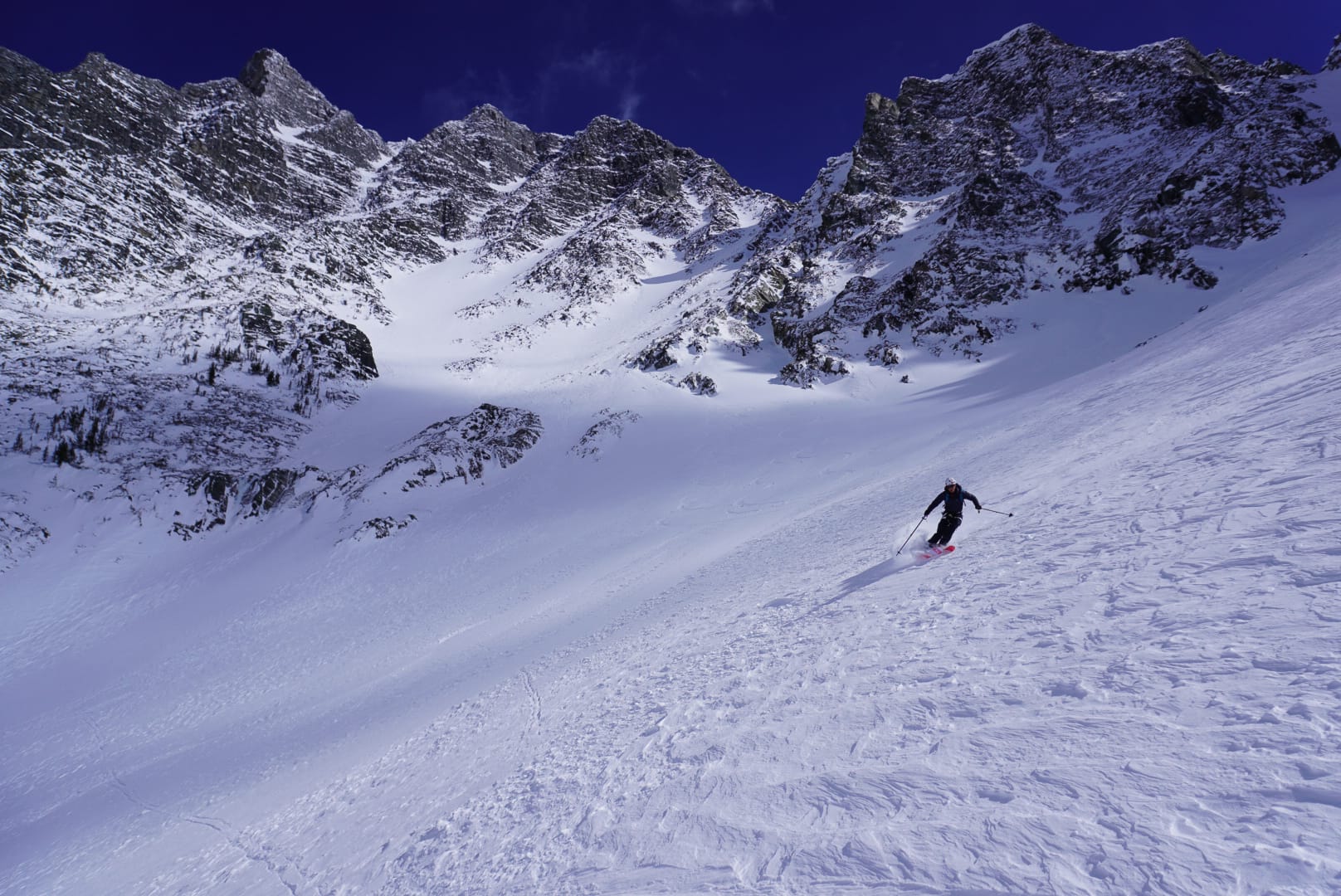
For more information, check out Zenith Mountain Guides. These updates are supported by SkiUphill Squamish - the best stop for ski touring equipment in the Coast Mountains and made possible by the Sea to Sky Gondola! Use this information at your own risk. Conditions change rapidly from when this report was written.
Member discussion